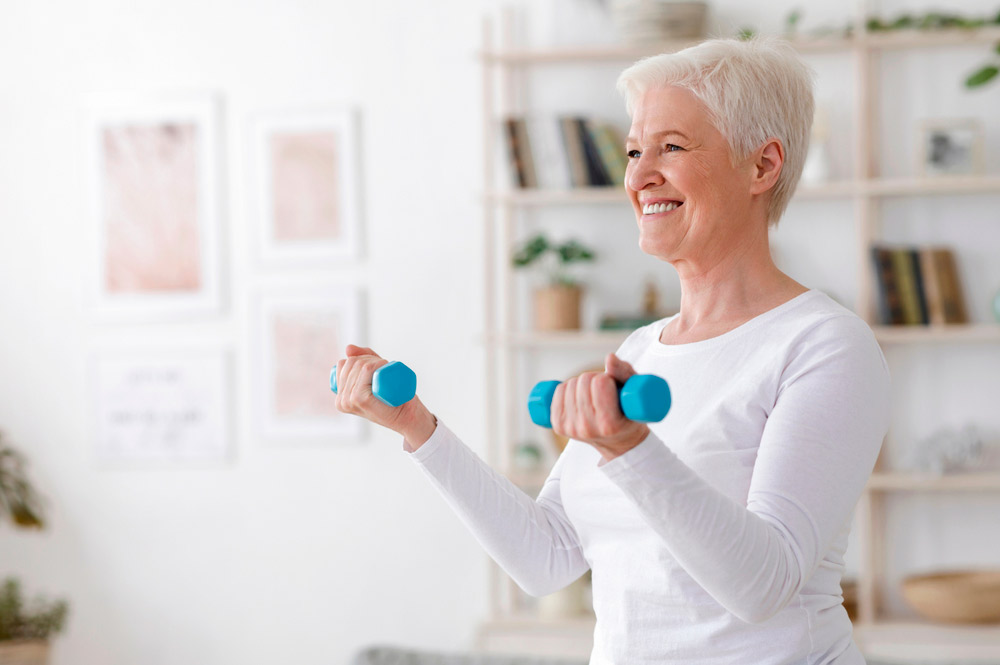
A team of researchers from Dexeus Mujer, in collaboration with Professor FR Pérez-López of the Faculty of Medicine of the University of Zaragoza, has conducted a study to assess the relationship between endogenous hormonal factors and dominant hand grip strength in postmenopausal women. The study was conducted on a sample of 402 postmenopausal women aged between 47 and 83 years. The following variables were recorded: age, age at menopause, smoking status, adiposity, handgrip strength (HGS) and physical activity. Hormonal parameters (follicle-stimulating hormone, oestradiol, testosterone, cortisol, dehydroepiandrosterone sulphate, 4-androstenedione, insulin-like growth factor-1 [IGF-1], vitamin D and parathormone levels) were measured.[IGF-1]
According to the results, the mean HGS of the dominant hand was 22.8 ± 3.7 kg, and 25.6 % of the women had dynapenia. Also, there were significant differences in plasma levels of follicle-stimulating hormone, cortisol and dehydroepiandrosterone sulphate between women with normal HGS and those with dynapenia. After adjusting for confounding variables, no significant association was found between the endogenous hormones studied and HGS.
Reference article:
Relationship between handgrip strength and endogenous hormones in postmenopausal women
Pascual García-Alfaro, Sandra García, Ignacio Rodriguez, Luciana Bergamaschi, Faustino R Pérez-López.
Menopause. 2022 Oct 18. DOI: 10.1097/GME.0000000000002093.